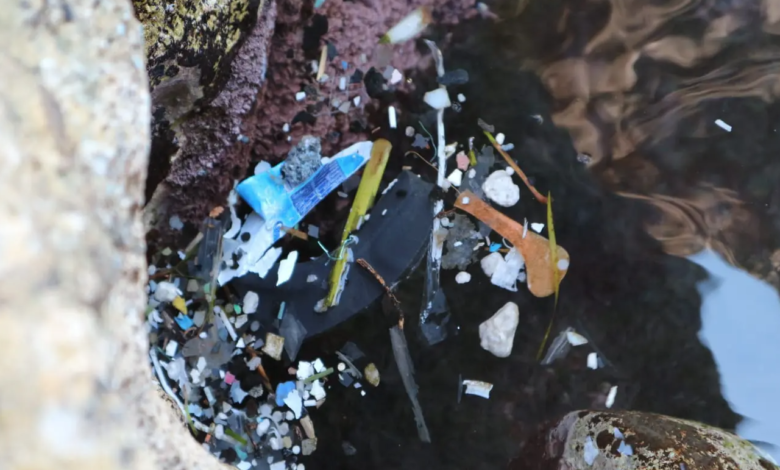Plastics in the sea: the results of the COMMON project for Mediterranean

(sustainabilityenvironment.com) – One in three fish in the Mediterranean ingested plastic. More than half of sea turtles did. The plastic in the sea tested the fauna with a disconcerting presence of this material: out of 90,000 objects collected on the beaches, about 20% (17 thousand) were cigarette butts; 6,000 cotton buds.
These are the data released during the Final Conference of COMMON, (coastal Management and Monitoring Network for tackling marine litter in the Mediterranean sea), held in Tunis. The European project, launched at the end of 2019, involved Italy, Lebanon and Tunisia in a series of collection, analysis and awareness-raising actions in five pilot areas, with the aim of addressing the problem of waste in the Mediterranean Sea.
80% of waste in the Mediterranean is plastic
80% of the waste present in the Mediterranean Sea and on its coasts is plastic: at least one in three fish has eaten it, as shown by the analysis of 700 individuals of six different fish species. Even more than half of the turtles ingested plastic fragments. It is difficult to calculate with certainty the impacts on biodiversity: the problem is not only the entry of plastic into the marine food chain but also the possible toxic effects of the materials that have been added to the plastic.
In order to elaborate a clear picture of the state of our sea the European Union, through the program ENI CBC MED, has distributed financing of 2.2 million euros for the plan COMMON, it has involved Legambiente, the University of Siena, CIHEAM Bari, the National Institute of Marine Science and Technology in Tunis and the University of Sousse for Tunisia and the Lebanese NGO Amwaj of the Environment and the Tyre Nature Reserve for Lebanon.
Coordination in sea and coastal monitoring activities needed
The project activities were deployed in five pilot areas: the Maremma and Salento in Italy, the Kuriate and Monastir Islands in Tunisia and the Tyre Nature Reserve in Lebanon, where macro and micro waste on beaches and on the surface of the sea have been monitored, but also those ingested by mussels and fish species of commercial or high ecological value such as turtles.
Read also Pollution in the Mediterranean sea: 65% are plastic waste
The results showed that of the 90 thousand specimens analyzed, about 25% consisted of butts, 9% of fragments between 2.5 and 50 cm, 7% of cotton-bud. 53% of the waste came from disposable or disposable items. The area most affected by the presence of microplastics is Lebanon: the reserve of Tyre is more exposed in the rainy season, demonstrating that the contamination by plastic comes from human activities, the consequences of which are reflected in our rivers. Researchers report much of the responsibility for plastic pollution in the Mediterranean to tourism and coastal recreation.
The pilot areas of COMMON hosted a calendar of workshops and meetings with different stakeholders and saw the development of campaigns and awareness-raising activities. However, the project also had an operational side, with the development and application of common monitoring protocols for the plastic in the sea, to assess the impacts on the marine litter and define, accordingly, the framework of more effective actions to be implemented.
The evidence produced shows, according to the organizers, the need to introduce cooperation and sharing also in scientific activities of monitoring and data collection: It is necessary that the sampling and analysis protocols be standardized at Mediterranean level in accordance with the already existing framework of the Barcelona Convention and the Framework Directive of the European Marine Strategy.





